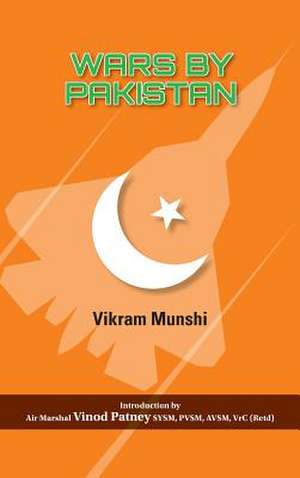Wars by Pakistan
en Limba Engleză Hardback
Preț: 424.54 lei
Nou
Puncte Express: 637
Preț estimativ în valută:
81.23€ • 84.82$ • 67.23£
81.23€ • 84.82$ • 67.23£
Tipărit la comandă
Livrare economică 04-18 aprilie
Preluare comenzi: 021 569.72.76
Specificații
ISBN-13: 9789381904572
ISBN-10: 938190457X
Pagini: 266
Dimensiuni: 152 x 229 x 19 mm
Greutate: 0.56 kg
Editura: K W Publishers Pvt Ltd
ISBN-10: 938190457X
Pagini: 266
Dimensiuni: 152 x 229 x 19 mm
Greutate: 0.56 kg
Editura: K W Publishers Pvt Ltd
